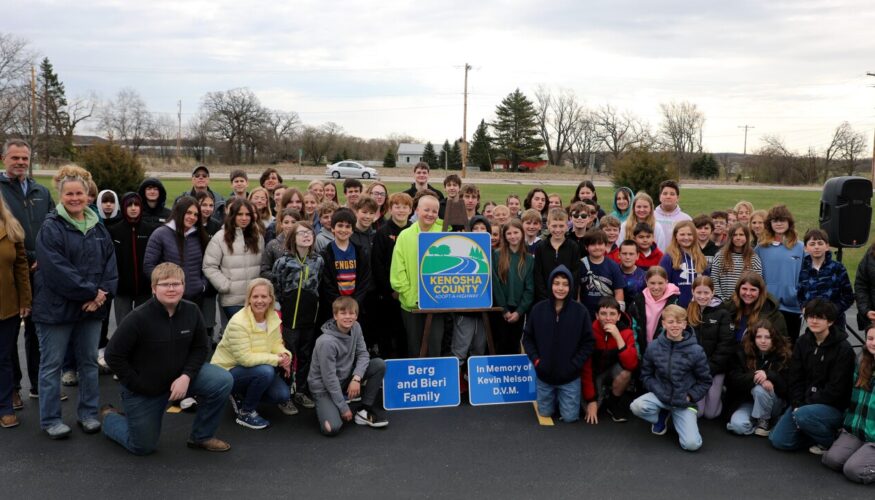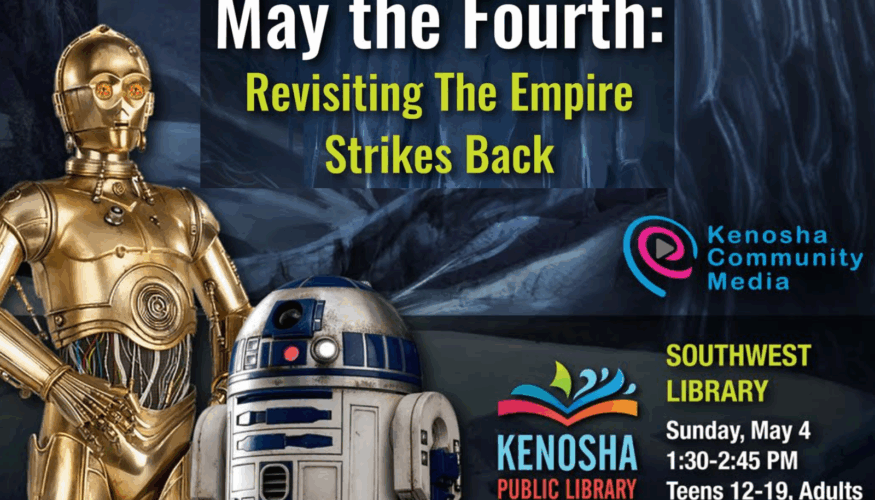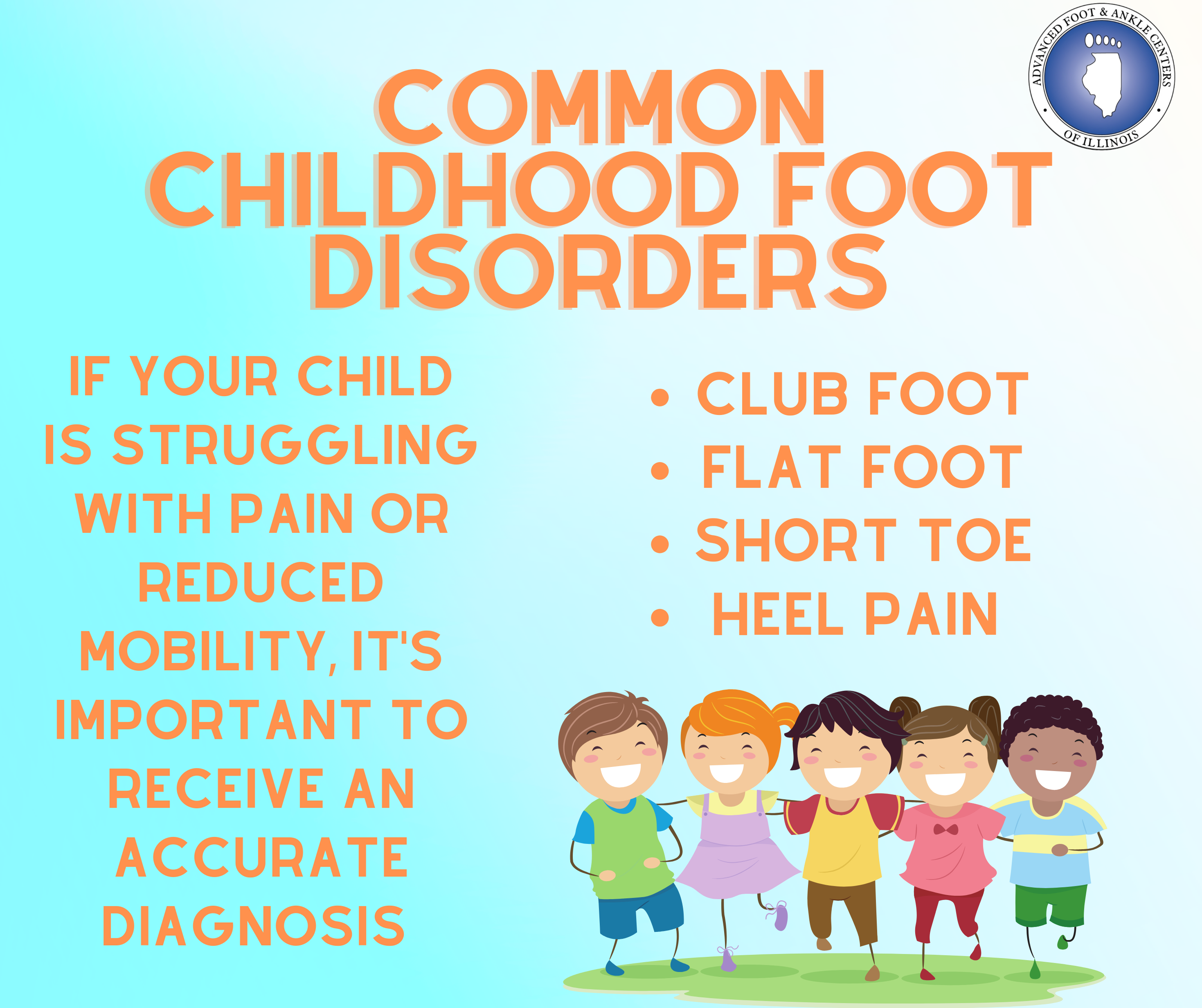It’s the Tuesday after a long holiday weekend — and, with Memorial Day behind us, the unofficial start to summer. Many of us are ready to get back in the swing of things and jumpstart an abbreviated workweek. But many of us may feel tired and sluggish in the face of an overstuffed inbox and overcrowded calendar.
Luckily, there are productivity tips that can help with each of these perspectives, motivating those of us who need an extra push and streamlining things for those of us chomping at the bit to tackle big projects.

CMIT Solutions is focused on boosting productivity for businesses of all sizes across North America, so we’ve compiled the following 10 tips to help you transition smoothly back to work and maximize your efficiency in the wake of a holiday weekend. Here’s what we recommend:
- Plan and prioritize. Unsure where to start after an extra day off? Don’t let uncertainty sap your productivity before the workweek even begins. Instead, fight off inertia by channeling your energy into creating a to-do list or organizing your calendar. Identify the highest priority or most urgent task and allocate your time accordingly. This productivity trick can help you get focused and stay organized throughout the day.
- Clean up your inbox. Many of us treat our email accounts as giant to-do lists, so it might work best to begin the day by sorting through your emails and prioritizing them based on importance. Respond to critical messages that require a quick decision first, then flag more complex communications for follow-up later in the day. Archive, categorize, or delete emails that don’t need an immediate response. Microsoft Outlook enables you to set up filters or rules that can help to automatically organize incoming messages in the future.
- Tackle low-hanging fruit. Like to jump right into action before your mind has a chance to wander? Start your day by completing quick and easy tasks that only require a few minutes of effort but yield the reward of a quick check off from your to-do list. This can reconfigure your brain, providing an easy sense of accomplishment — and building momentum for more complex projects and deeper focused work.
- Subdivide big tasks into smaller chunks. This is another easy trick to generate that same sense of accomplishment — even when a project might seem particularly daunting. Break major milestones down into smaller, more manageable subtasks (and, if you use task management software, set them up that way in your account). This approach allows you to make headway on major tasks—and helps you track your progress more effectively.
- Minimize distractions. These come in all shapes and sizes: social media notifications, news updates, and even scrolling through photos from your busy holiday weekend. Figure out which distractions have the potential to knock you off course and take action to reduce them. Easy ways to do this include turning your phone to silent mode, closing unnecessary browser tabs, enforcing time limits on social media apps, and setting up website filters to limit access to non-work-related websites during focused time.
- Utilize productivity tools. Many of the most popular business applications come with productivity assistance built-in. Microsoft Office centralizes shared documents within OneDrive, which connects with popular apps like Word, Outlook, Excel, and Teams. Microsoft To-Do and Planner are also excellent tools. For more advanced users, project management software like Asana, Basecamp, and SmartSheet offers a way to organize assets, track time, and manage teams so everyone can stay on the same page.
- Take regular breaks. The COVID-19 pandemic radically changed the way most of us perform our jobs. It also highlighted the need for employee wellness and resilience, which is enhanced when we take short breaks throughout the day to recharge. Use a time tracker for protocols like the Pomodoro Technique, which utilizes 25-minute stretches of focused work interspersed by 5-minute breaks. Longer breaks, typically 15 to 30 minutes, are taken after four consecutive 25-minute work intervals. This can help you maintain your concentration and prevent burnout.
- Take care of yourself outside of work. Maintaining your physical and mental well-being is crucial for everyday productivity. That’s why long holiday weekends are such a joy — yet also so hard to bounce back from if we don’t get enough sleep, eat well, stay active, and make time for activities that help us relax and recharge. If you’re struggling to find space to focus on one of these areas, use a 5-minute break (or your lunch hour) to clear your mind and concentrate on what matters away from the office.
- Communicate and collaborate effectively. Clear lines of communication are essential for productivity — especially in our fragmented age when some employees work in the office and some work hybrid schedules from home or the road. Keep your colleagues updated on your progress and collaborate effectively by using apps that allow for instant messaging, video conferencing, or file sharing. These keep everyone connected throughout the workday and ensure that everyone is working from the same documents.
- Reflect and learn. At the end of each day, take time to celebrate your accomplishments, reflect on what you achieved, and take stock of the challenges you faced or mistakes you made. Maybe jot down a lesson learned that can inform your work tomorrow. When we spend even just a few minutes reflecting in this way, it can help us refine our approach, optimize our workflows, and make a small improvement to productivity and efficiency the next time we sit down to work.
At CMIT Solutions, we think of workplace productivity as a constant journey — not a destination we reach one day and then stop thinking about. It’s okay to have bad days, especially after a long holiday weekend. But hopefully, these tips can help you bounce back after an extra day off and maintain a high level of productivity throughout the workweek, the rest of the summer, and the remainder of the year.
If you’re interested in learning more about productivity tools, project management software, or unified communications to bring your team together, contact CMIT Solutions today. We worry about IT so you and your employees can worry about doing your best work.














